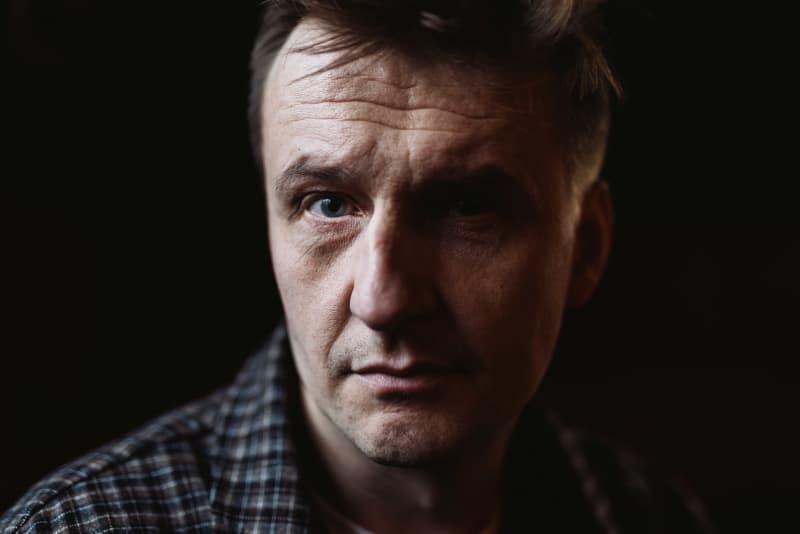
Hetki lyö is one of the most disgusting Finnish films in years. The characters’ drunkenness was defined to the nearest parts per million. Criticism can be levelled at the fact that the role of the trans woman is played by a male victim.
It started with a photograph.
There was something about the look that bothered me.
– As if the woman had looked down into the bottom of her beer mug and seen the life she had lived – or her future, Valkeapää explains.
We are sitting at the corner table of a bar in Helsinki. Valkeapää’s fourth feature film *Hetki lyö* has been born from a photo from three years ago. It premieres on Friday, November 11.
It is no exaggeration to say that *Hetki lyö* is one of the shabbiest, dirtiest and nastiest Finnish films in years.
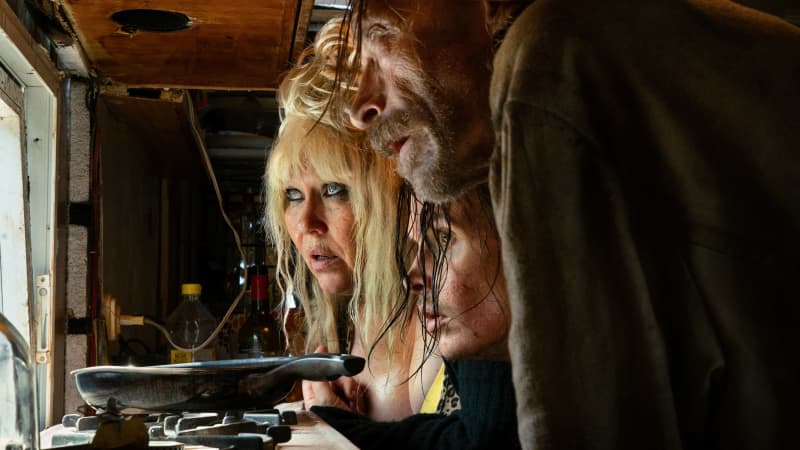
So horrible, it’s not even funny
The name of Kapaka in Fuengirola is Beauty, but the interior is anything but. Bottles, furniture and the tattered Finnish flag hanging on the wall are covered in dust, grease and dirt.
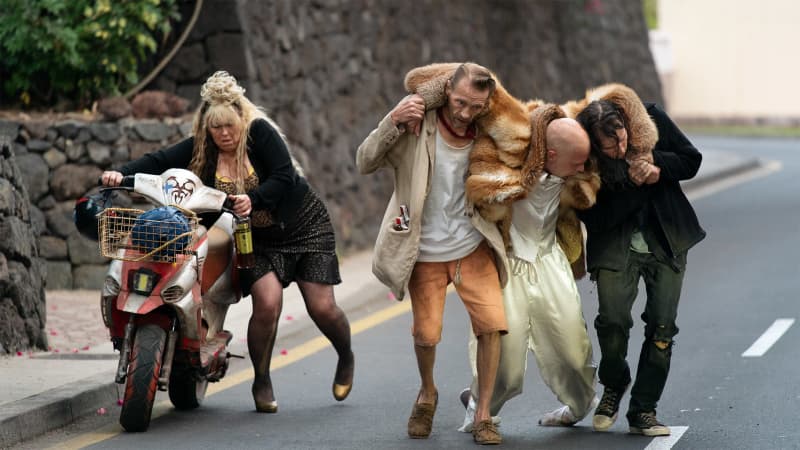
*A moment strikes* is clearly a comedy, but in the end also very sad. The rillumarei spirit of the beginning fades as things take an unfortunate turn.
– The funny thing to write has to be so fucking awful that even if it’s funny, it’s not funny, Valkeapää formulates.
The cruel side of drinking
Finnish people’s relationship with alcohol has been associated with moralistic features since Turmiola’s Tommi, Valkeapää points out. He refers to the innocent character in 19th-century cautionary tales who is corrupted by booze.
In films dealing with alcoholism, the main character typically wants to free himself from the curse of alcohol. Often this is done through melodrama, sugarcoating and preaching.
– That story has been told a million times. I don’t find it interesting. I haven’t seen any good domestic alcoholism portrayal, says Valkeapää.
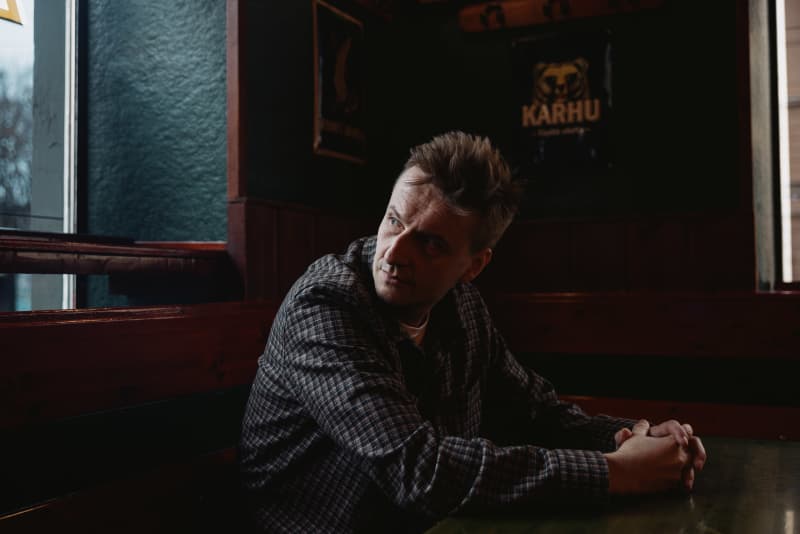
The main characters of the *Hekti löve* movie drink all the time. They languish in place in a space where the days follow each other in the same way.
– Darkening from the light of the morning to the darkness of the night, Valkeapää describes.
When salvation is finally in sight, it is of course a mirage.
– That’s the use of glitter, dust and sweat. The sweat continues on the sets, which have been varnished so that they too seem to be sweating.
The degree of drunkenness of the characters was determined to the nearest percent. Mikko, played by Ilkka Heiskanen, is at his best with a 2.9 percent alcohol level.
The acting is big in places – especially with the wildly swinging Outi Mäenpää – but at the same time realistic. Drunkenness was not allowed to slip into a caricature.
For Valkeapää, alcohol was a tool used to plant always worse ideas in the heads of the main characters. Alcoholism defines the characters, but it is not the actual subject of the film or the driving force behind the characters.
– In the case of my own character, it was faith in the future and sincerely in all that is good. It makes the character quite lovable. He whispers like an aspen leaf, but everything works in his thoughts: money will soon be sown and it will be everything from the hacienda, Ilkka Heiskanen describes.
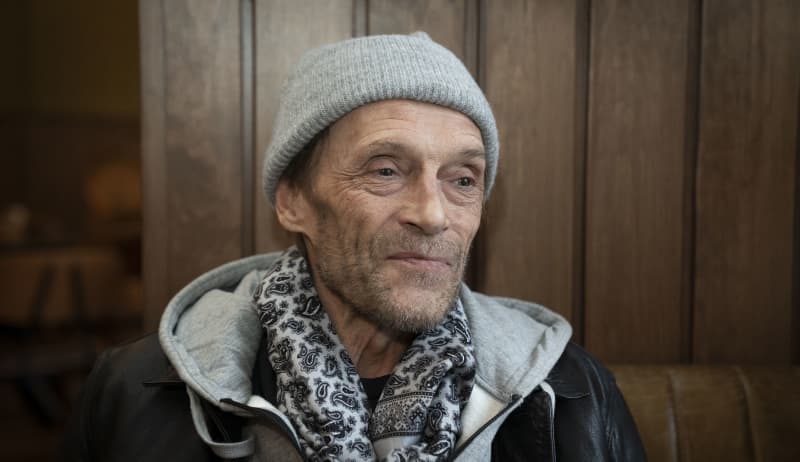
For Johannes Holopainen, who plays Vili, *Hetki lyö* is a description of love and friendship. The characters mess around and bump into others, but the goals are good.
– This is a touching comedy about a family on the sunny coast of Spain pursuing their own dreams. The perfect movie for this time of year.
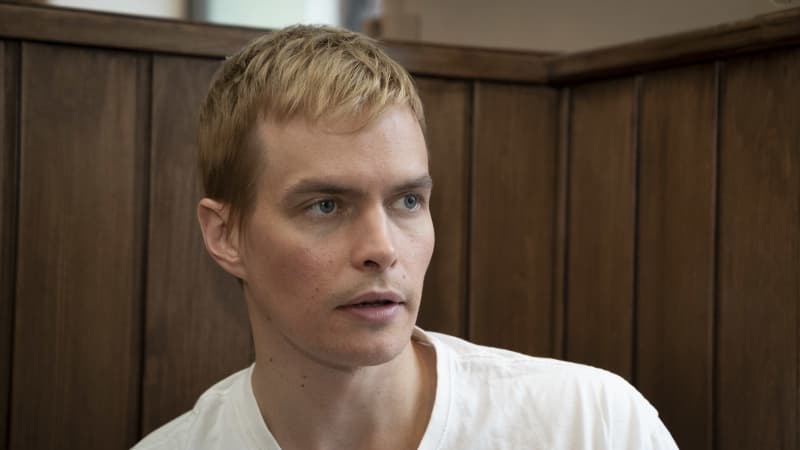
Man playing a woman
The characters in J-P Valkeapää’s films are often on the margins. *They’ve Run Away* (2014) followed the young people’s escape from the school, in *Dogs Don’t Wear Pants* (2019) the father of the family found a BDSM scene.
Depicting margins has its risks. Valkeapää remembers that a viewer came after the screening of *Dogs don’t wear pants* to list the points where the film presented things incorrectly.
He accepted the feedback, even if it was frustrating. The role of the film is not to present an ideal or to teach. That’s when preaching, propaganda is done.
Transphobic language is used in the *Hekti löve* movie. In addition, the trans woman is played by an assumed man, Estonian Pääru Oja.
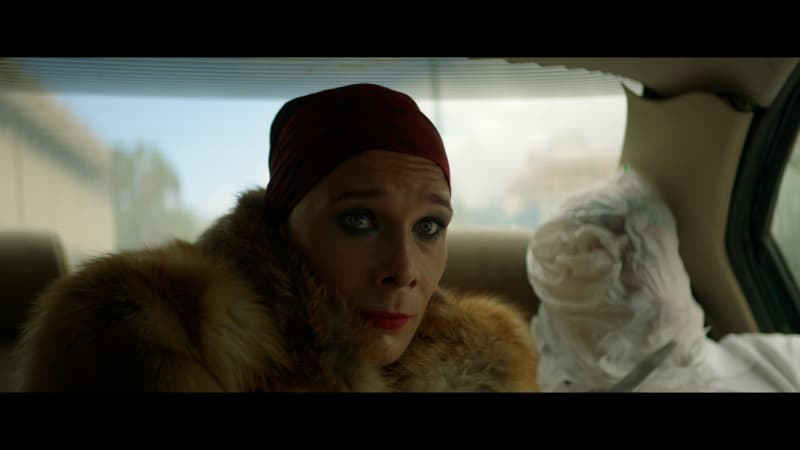
The casting arouses criticism, because trans women have traditionally been played by cis men in the history of cinema. The topic was discussed in 2020, when Helsinki City Theater was looking for an actress to play the role of a trans woman.
In the case of the National Theatre, it turned out that the transwoman was indeed a transvestite, and the fired actress got her role back. The confusion indicates that there is no clear, established method for gender diversity in casting.
Valkeapää says that he is always looking for the most suitable actor. He emphasizes that he has not asked Oja about his gender. The reason why Ninja’s character is specifically a transwoman can be found in the film’s themes.
– It’s about changes and dreams, hopes for a new life. About identity.
Valkeapää says that Oja consulted an American transwoman who keeps a video blog on YouTube, and an Estonian transwoman for her character.
“Every filmmaker lives in his own delusion”
For Valkeapää, making a film is a game – especially in the writing phase, when the realities of production have not hit you yet, and you don’t have to wonder if there will be an audience favorite in the end.
*The moment strikes* is the biggest film of his career. However, according to Valkeapää, a large part of the 2.68 million euro budget went to the working group’s travel expenses. There were 30 shooting days, which is quite a few.
Directing is \”sometimes fun, often terrible\ says Valkeapää. *The moment strikes* was somewhat of an exception.
– As a child, when an idea comes, you just draw it, and you don’t think about whether it’s great. Draw to get an idea on paper. I associate its lightness with the best moments of making art. I often felt that during filming.
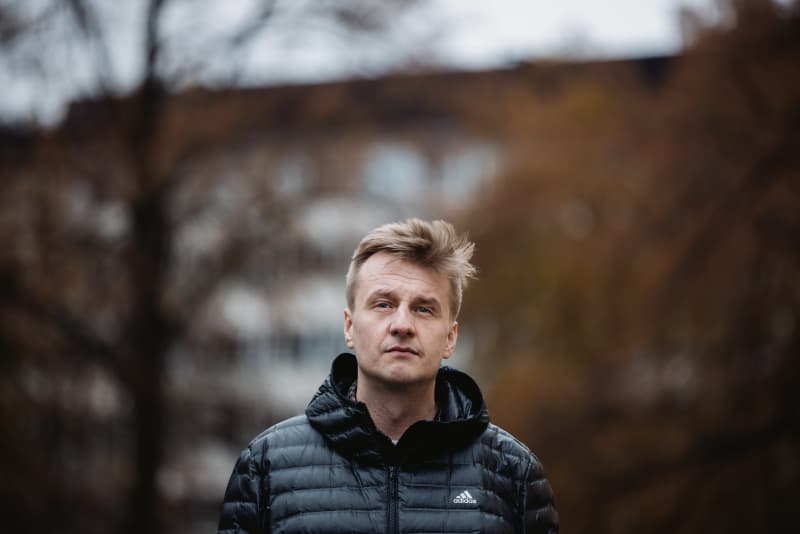
In a way, even Fuengirola in the movie is just an idea. For years, Valkeapää has been a fan of Finns’ favorite destination, which is \”preserved, interestingly distorted Finland from a bygone era\”.
He has never visited the place. *The moment strikes* was filmed in Tenerife due to production incentives.
Fiction is always about imagination. Just as real things can be reached through feelings and images.
After the film was finished, Valkeapää dug out the picture sent by Pekka Strang. The one where the woman’s gaze was so titillating that it had to be made into a movie.
Valkeapää noticed that the woman’s eyes were closed in the picture.
